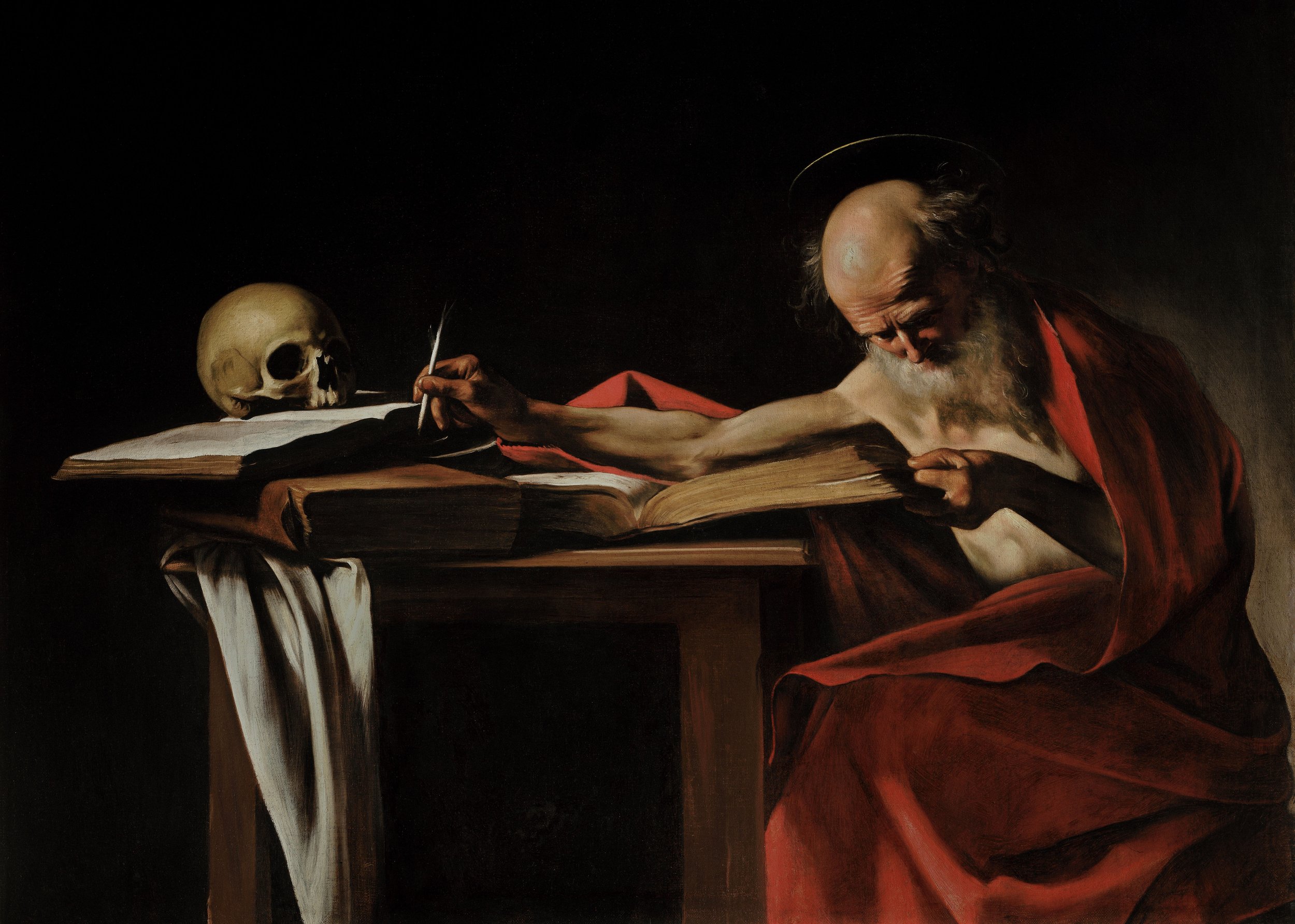
The way of Painting
Here, painting is taught as a journey: through practice, research, and the wonder of discovery.
At the Mirabile Fucina, drawing and painting are not just techniques, but tools to reveal an inner voice.
Our path is built on a simple, profound idea: art is born from the balance between spirit, hand, and knowledge.
We guide participants through an experience that begins with the line—the invisible heart of the image—and unfolds into matter, color, and vision.
Each artist, like in an ancient forge, is accompanied in recognizing and forging their own visual language.
We don’t promise recipes. We offer tools.
We don’t train copyists. We nurture perception.
Because true art cannot be taught—it is ignited.
Progression Belt System
The belt system is inspired by martial arts: each color represents the technical level achieved.
Unlike other artistic paths, we do not judge beauty or expressiveness, but assess objective and measurable skills.
Painting is a complex language, too subjective to be graded.
That’s why advancement is based on drawing: where the rules—proportion, structure, construction—are clear, we can accurately measure progress.
This system:
· Protects against self-deception ("it came out well by chance");
· Discourages early self-satisfaction;
· Offers a solid and transparent structure, where merit is built through study and practice, not subjective impression.
Each belt grants access to specific modules and ensures that no one progresses without a solid foundation.
Progression occurs only after demonstrating real technical mastery—not merely completing a course.
Unique in its kind, this system preserves the integrity of artistic training, standing apart from improvised or overly permissive approaches.
The Seven Circles of Fire:
A structured, progressive, and holistic path of painterly training.
From technique to vision, from practice to voice.
Circle 1 – The Mirabile Fucina (entry: White Belt)
From raw material to awareness of gesture.
· Knowledge of painting materials: gypsum, glue, pigments, oils, supports.
· Care and organization of the artist’s workspace.
· Introduction to the discipline of the hand.
· Goal: basic mastery of tools and the ritual of painterly work.
Circle 2 – Techniques and Secrets of the Masters (entry: Yellow Belt)
Entering the studios of the old masters.
· Comparative study: Flemish / Italian, Venetian / Caravaggesque.
· Active reading of historical treatises (Cennini, Vasari, Armenini, etc.).
· Practice of tempera, gilding, monochrome oil painting and glazing.
· Goal: internalize the grammar of the masters and acquire technical memory.
Circle 3 – Painting & Optics (entry: Orange Belt)
When painting deceives the eye and seduces the mind.
· Study of visual illusions: Van Eyck, Vermeer, etc.
· Experiments with mirrors, lenses, camera obscura.
· Practice: creating works with optical tools.
· Goal: understand painting as a construction of vision.
Circle 4 – Painting from Life & Complex Composition (entry: Green Belt)
Giving body to the world through matter and light.
· Study of live materials: skin, metal, velvet, crystal.
· Deepening structural shadows, color temperature, and light.
· Practice of portrait, self-portrait, glazes, collective composition.
· Goal: merge perception and construction into coherent, conscious painting.
Circle 5 – The Path of True Fresco (entry: Green Belt)
Entering the geological time of art.
· Study of fresco materials: lime, sand, carbonation.
· Wall techniques: arriccio, intonaco, sinopia, true fresco.
· Creation of a small fresco inspired by the Sistine Chapel.
· Goal: gain mastery of fresco as an irreversible and living act.
Circle 6 – Software for Painterly Design (entry: Blue Belt)
Vision is designed: uniting tradition and future.
· Use of Photoshop and 3D software to plan light, composition, and poses.
· Plotters, masking, layers, environment and model simulation.
· Comparison between digital design and historical methods.
· Goal: integrate digital tools into a coherent artistic vision.
Circle 7 – Language and Vision (entry: Brown Belt)
From practice to voice.
· Development of an individual painterly language.
· Personal painting project: from concept to catalog.
· Exhibition preparation, writing critical texts, presentation.
· Goal: recognize and present one's vision in the real world.
BLACK BELT – Master
At this stage, one does not become an "expert":
One becomes an active researcher—
An Alchemist of the Image.
At the end of the path, the artist emerging from the Mirabile Fucina is conscious, grounded, and free.
They carry within the greatness of Italian art—from the Renaissance to the Baroque—not as a burden, but as vital sap.
They have forged technique, sensitivity, and vision; they have learned to turn difficulties into creative resources, to recognize their inner voice and use it with authenticity.
They are an artist able to engage in dialogue with tradition and project into the future without losing their essence.
An alchemist of the image: one who has passed through fire and now creates with awareness, responsibility, and joy.
